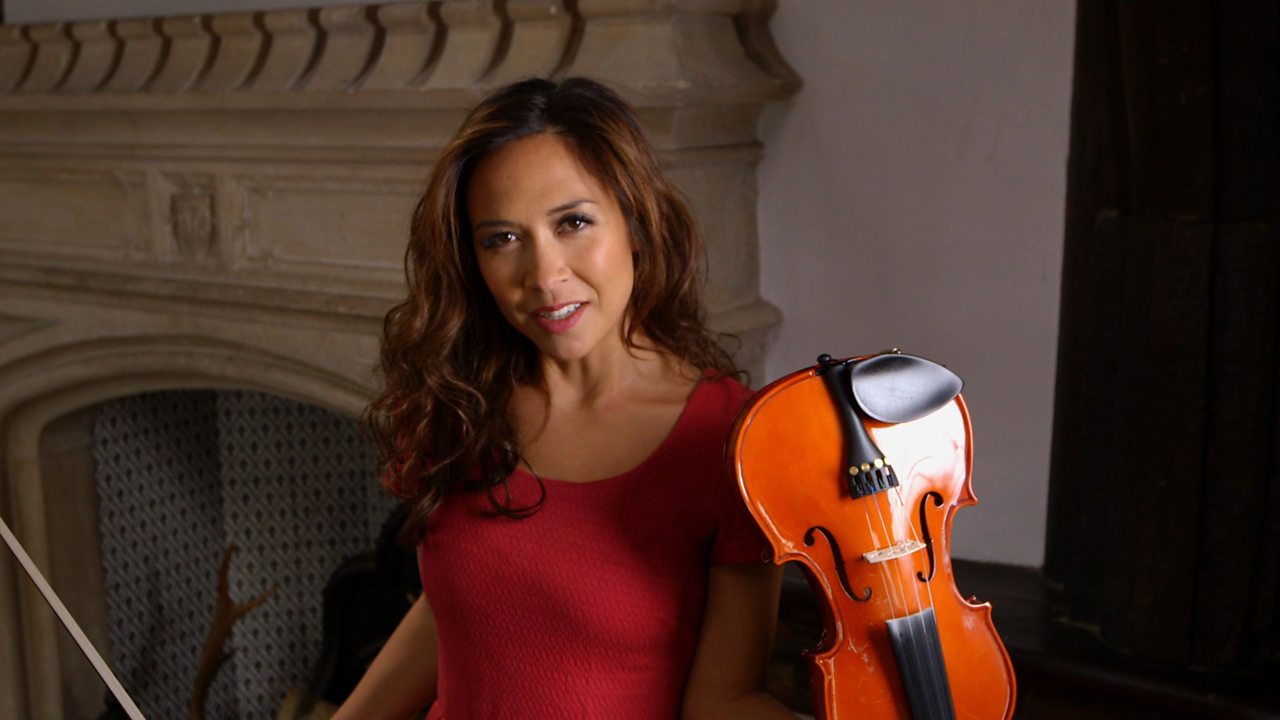What do conductors actually do?
1. Stepping up to the podium
'It’s an extraordinary thing, how an experienced and charismatic conductor can completely transform the sound of an orchestra,' says Sir Roger Norrington. 'There is a clear set of instructions in the work that you’re dealing with,' adds Simone Young. 'But as it is about communication the interpretation can then be as individual as the person themselves.'
These two conductor perspectives indicate the complex processes involved in translating the notes composers write in their manuscripts to what we hear as music. Standing alone on the podium before an array of expectant orchestral players, the conductor is the medium through which that transformation takes place.
What do conductors actually do? How important are technique, emotion, personality? In this interactive guide, Sara Mohr-Pietsch explores the world of the conductor with Matthew Rowe, musical director of Dutch National Ballet, and a mentor on the BBC TV series, Maestro!
2. Where did conductors come from?
Conductors now and then
'This is what conductors do: they concentrate the efforts and skills of an orchestra in one powerful individual, so that the paying public experiences the music, its emotional highs and soothing lows, through the personality of the maestro.'
This quote from Financial Times critic Andrew Clark neatly sums up the role of the modern conductor. But conductors of the kind he describes are a relatively recent phenomenon.
Leading from the front
'Conducting' probably began in the Middle Ages as the development of multi-voice writing for singing in church created the need for a steady pulse or beat, and the means to indicate it ‒ bare hands, and latterly a stick or staff. The French Baroque composer Jean-Baptiste Lully famously met his end when his conducting staff pierced his foot; the wound turned septic, but Lully refused amputation and died soon after. In Baroque orchestras, the ensemble might be led by a violinist waving his bow, or by a harpsichordist. As orchestral writing became more complex in the 1800s, a new breed of composer-conductor emerged, including Weber, Mendelssohn and Berlioz ‒ the first 'virtuoso' conductor.
Emergence of the modern maestro
Radio 3 commentator Ivan Hewett says, 'The rot set in with Wagner, and successors such as Mahler. Their grand manner engendered the idea of the conductor as an inspired being, whose sacred role is to divine the "message" of the creator and transmit it to a grateful audience.' But Wagner, and pioneer conductors Arthur Nikisch and Hans von Bülow drove up standards. The advent of recorded music, film, radio and TV enabled conductors to grow in reach and reputation as never before. As a result, conductors like Toscanini, Furtwängler, Stokowski, Karajan, Klemperer, and Bernstein became household names. Conductors today are among the most respected ‒ and highest paid ‒ musicians.
3. What is the conductor's job?
Conductors stand alone on the podium in front of the orchestra. What they do is a form of non-verbal communication which produces music. What are the processes involved in getting the notes off the page and into our ears?
4. Conductor Cam ‒ Arturo Toscanini
Watch as Matthew Rowe gives a bar-by-bar commentary on archive footage of Arturo Toscanini conducting the Prelude to Wagner's Tristan and Isolde, explaining the techniques as Toscanini controls the orchestra.
The Italian conductor Arturo Toscanini (1867-1957) was one of the most gifted orchestral technicians of the 20th century. A fiery perfectionist, he was renowned for his acute ear for orchestral sonority and detail.


